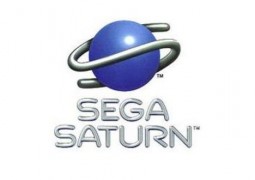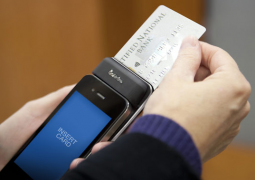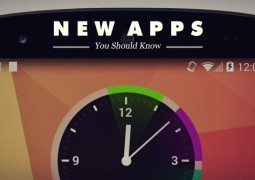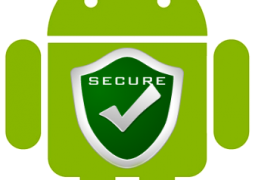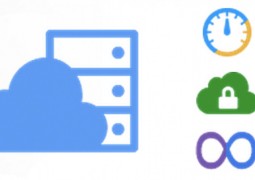Google Launches Push Notification Through Cloud Messaging Services On Chrome
by 16 May, 2013 10:00 am0
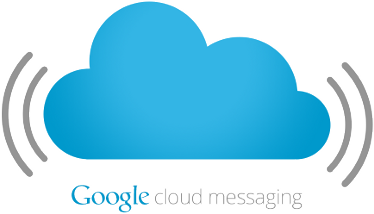
Google has made another move towards Cloud based web development by introducing Cloud Messaging Push Notification for web developers. This service has already existed for Android app developers and now Google has advanced the concept to web developers as well.
The popularity of the push notification among app developers prompted Google to take this giant leap. With this service, mobile app developers can enable remote app activation.
The new Cloud Messaging based Push Notification for Chrome OS and Chrome is all set to help Chrome app developers and Extension designers connect to the app remotely and send periodic alerts to users. This has come loaded with a lot of benefits for users. Earlier users could get news feeds only through Chrome apps playing in the background.
Unless these apps or extensions actively filtered data from the server, users had no way to get tickers and updates. However, all these changed when Google introduced push messaging notification for web developers.
How the Cloud Messaging Push Notification works for users
The science behind this service is simple. When a user has signed into Chrome and is using a device that has the app or extension installed, notifications start appearing automatically. Hence developers can send messages and alerts to users through Cloud Messaging. This is both a fast and effective solution.
Advantage of Cloud Messaging based Push Notification services
1. With a push notification service through Cloud Messaging, a lot of bandwidth was wasted. Besides, the battery of the device was also consumed more. Hence, the efficiency of both the app and the device was reduced to a great extent. Since the various extensions and apps were forced to respond to actions on the web pages, their performance showed a marked decline. However, with cloud messaging, users get auto updates without having to activate the apps and extensions installed in their machine.
2. Cloud Messaging Service from Google manages messaging queuing and delivery. Each user receives the notification for each device and each app. The entire process is automated and helps cloud messengers connect with customers.
3. The push notification cloud messaging service is free and does not levy any charge owing to complex messaging operations. Besides, a no quota system exists within the cloud messaging push notification service for web developers.
4. Google Chrome has released a slew of helpful tutorials and how-to guides to help web developers get a hang of things and proceed with the service. They have also launched a few sample apps that could help them forge ahead with the new technology.
 Conclusion
Conclusion
Google Chrome has exploited the cloud messaging service fairly well for mobile apps and is testing the concept for web development. The service uses lesser bandwidth and conserves battery life to a great extent. However, the push notification works only when the user is signed in to Google Chrome. This is because the notification service acts only for signed in users who are connected to it through a push channel. On the brighter side, these cloud notifications are sent to every device the user has signed in and contains the relevant extension or app.








